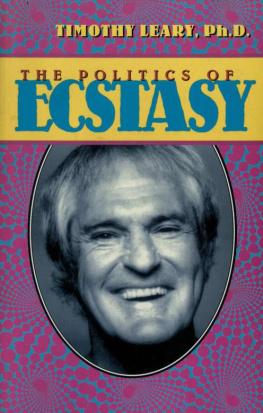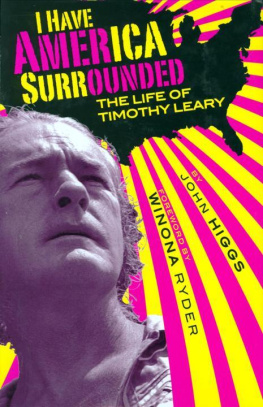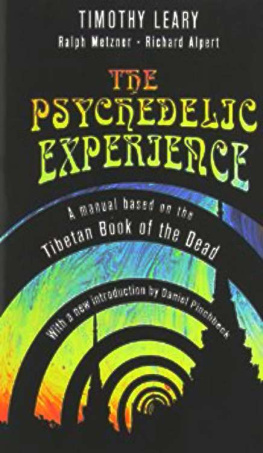

THE SECRET HISTORY
OF THE
HELL-FIRE
CLUBS

Geoffrey Ashe, one of Britains most outstanding historians, paints a vivid picture of Francis Dashwoods Hell-Fire Club and other similar secret societies in this page-turning review of one of Englands most audacious periods of history.
ANDREW COLLINS, BESTSELLING AUTHOR OF GBEKLI TEPE
A sweeping history of libertinism seen through the lens of the English clubs of the eighteenth century. Precise and cogent, it also freely wanders the halls of infamy, painting portraits of some of the subjects most notorious figures. The motto do what thou will defines a stance through this history, one that pulls at the Gordian knots of pain and pleasure, freedom and destiny.
JESSE BRANSFORD, ASSOCIATE PROFESSOR OF VISUAL ARTS AND CHAIR OF THE DEPARTMENT OF ART AND ART PROFESSIONS AT NYU
ACKNOWLEDGMENTS
I am deeply indebted to Sir Francis Dashwood (the present baronet, not his namesake, who founded the Monks of Medmenham) for much hospitality and interest, and for permission to use various documents.
I must also acknowledge my debt to the following authors, translators, and publishers for use made of extracts from the works mentioned.
The Daily Telegraph, London. From a leading article entitled The Son of Man, January 27, 1971.
Gargantua and Pantagruel, Francois Rabelais, translation by J. M. Cohen. Penguin Books, London, 1955.
Jezebel, a poem by Aleister Crowley, by permission of Mr. John Symonds.
Juliette, the Marquis de Sade, translation by Austryn Wainhouse. Grove Press Inc., New York, 1968.
Justine, the Marquis de Sade, translation by Alan Hull Walton. Neville Spearman, London, 1964; Corgi Books, London, 1965.
PREFACE TO THE 2019 EDITION
This book had its origin in a casual remark by a publisher, who told me that there was no good account of the Hell-Fire clubs of the eighteenth century. While the topic was remote from anything I had written till then, he was generous enough to suggest that I might be able to fill the gap.
I knew nothing about these organizations, except for the well-known one associated with a Thames-side retreat at Medmenham. And virtually all I knew about that was from Three Men in a Boat. Jerome K. Jerome had this to say about it:
The famous Medmenham monks, or Hell-Fire Club, as they were commonly called, and of whom the notorious Wilkes was a member, were a fraternity whose motto was Do as you please, and that invitation still stands over the ruined doorway of the abbey.
Jerome called the Club a congregation of irreverent jesters but said nothing further about it, being more interested in the real Cistercian abbey that formerly occupied the site.
That motto over the doorway, more accurately, Do what you will, was in French, and as I looked into the subject I realized that it was not original. It had a distinguished ancestry. Do what you will appeared in Rabelaiss Gargantua, as the rulethe only ruleof his imagined Utopian abbey of Thlme. This was an intriguing linkage. Did the motto appear anywhere else, I wondered, whether in its Rabelaisian form or in some equivalent? Was there such a thing as a spelled-out anti-moral tradition? If so, who expressed it and where did it lead? Such questions were topical at that time, because of what many regarded as a wave of moral anarchy unleashed by the hippie activities of the sixties; activities that took not only cheerful and creative forms but perverted and dreadful ones, such as the murderous Family of Charles Manson in California. Reflecting on all this, I thought it raised a real issue.
It is tempting to suppose that uninhibited doing what you will, without restraints from religion or conventional ethics, is a way to freedom; that libertinism, to use an old-fashioned word, means Liberty. But is that actually so? What has happened when people have tried it, in reality or fiction?
That question may sound rather abstract and academic. When considering it, I realized that the only way to answer it was by examining actual historical instances. What has happened when people have really tried to live and act this way, in open reality or in well-conceived fiction? The answers turned up a medley of out-of-the-way history around which this book took shape.
Here is a sample. After Rabelais himself, my first encounter with his motto was at the Elizabethan court. John Dee, the royal astrologer, fixed the date of the coronation. He was a polymath, employed on diplomatic and secret-service missions. During debates about Englands policy in the New World, he coined the term British Empire. Late in life, Dee became interested in an early form of spiritualism, working with a medium called Kelley, who transmitted messages in a secret language. One favored spirit was a young girl named Madimi. At first her messages were innocuous. She transmitted a Rabelaisian command: Behold you are become free. Do that which pleases you. Do even as you list. Madimi followed this up with a specific order to Dee and Kelley to exchange wives. Mrs. Dee resented this order, but the four-some took shape. It is not clear whether Dee expanded Madimis order into a general rule.
With the Rabelaisian precept in mind, I was interested to discover that eighteenth-century London had a Hell-Fire Club before Medmenham. There were about forty members, and women were admitted as well as men, an exception among Londons many clubs. The members met for blasphemy sessions, including dinners with dishes given appropriate names, such as Devils Loins. In 1721 the Club was suppressed by royal decree.
It may seem strange, at this distance in time, that George I should be so concerned about anything so trivial. But while blasphemers were trivial, the president of the Club was not. He was the amazing and troublemaking Duke of Wharton, who rushed about Europe wasting his fortune, meddling in English politics, trying to help Spain recover Gibraltar, and aligning himself with Jacobite diehards. Wharton could not be ignored because he used his money to publish an opposition paper called The True Briton and clamored for Liberty! as he understood it. Long after Whartons death, he was still a legend of lawlessness. The villain in Richardsons novel Clarissa Harlowe is based on him.
When I confronted the actual organization based at Medmenham, my first discovery was that it was not actually called the Hell-Fire Club. That was a nickname suggested by the one in London and one or two later ones in England and Ireland. Properly speaking, it was the Order of the Friars of St. Francis of Wycombe. The founder and head, Sir Francis Dashwood, apparently assembled a rich and exclusively male membership at regular intervals during the 1750s in the disused Medmenham Abbey with the Rabelaisian maxim over the door and led them in quasi-religious ritual making fun of religion, after which they adjourned for lavish banquets and orgies with imported women. Sir Francis supplied a private library for their use, which was doubtless well stocked with pornography.
Such then was Medmenham from which this book proceeded. To revert to the serious question: it certainly promoted libertinism, but did it, in any intelligible sense, promote liberty? Curiously, and indirectly, it did.
Next page

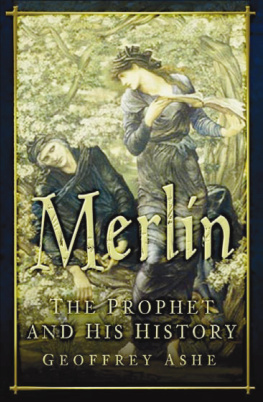


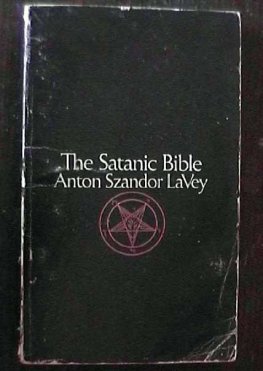
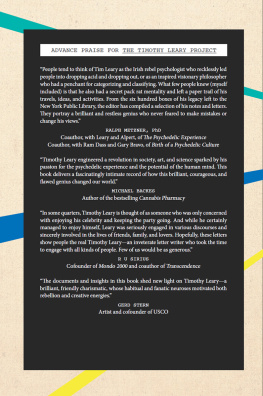
![Robert Greenfield - Timothy Leary: A Biography [excerpts]](/uploads/posts/book/113331/thumbs/robert-greenfield-timothy-leary-a-biography.jpg)
